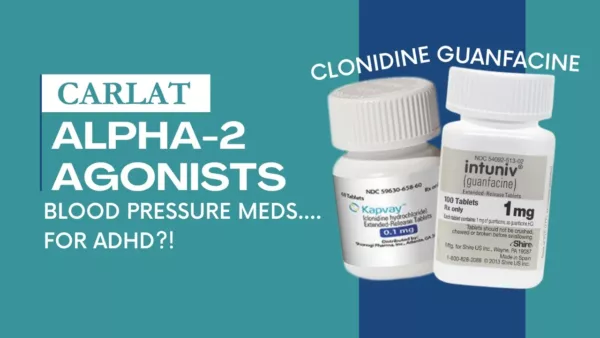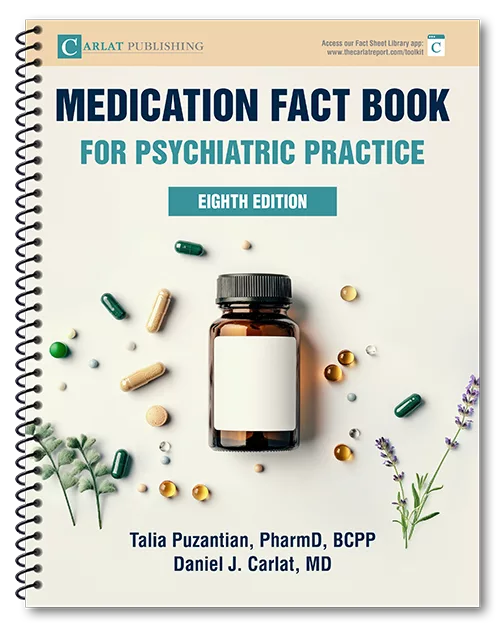In this video, we explore the use of alpha-2 agonists in the treatment of ADHD, specifically focusing on guanfacine ER (Intuniv) and clonidine ER (Kapvay). These non-stimulant ADHD medications have become viable options for patients who may not tolerate stimulants or have comorbid conditions that make stimulant medications less effective or problematic. Approved for use in children and adolescents, guanfacine ER and clonidine ER are key players in the realm of ADHD treatment, offering an alternative to traditional stimulant-based therapies. While stimulants remain the first line of treatment for ADHD due to their strong efficacy, these alpha-2 agonists offer a unique approach by working on norepinephrine pathways in the brain. Unlike stimulants, which increase norepinephrine levels, alpha agonists ADHD medications like guanfacine and clonidine work by modulating norepinephrine signaling, which can help improve attention and behavior in ADHD patients.
When comparing guanfacine ADHD and clonidine ADHD treatments, it is important to note that while both are effective, they each have distinct characteristics. Guanfacine tends to be less sedating, making it a preferable option for some patients, especially adults with ADHD. Studies show that guanfacine for ADHD in adults can improve symptoms over time, though the effects build more gradually compared to stimulants. On the other hand, clonidine for ADHD is often used when there are comorbid conditions like tics, sleep disturbances, or anxiety, as it has additional calming effects. A key consideration in choosing between guanfacine vs clonidine is their side effect profiles. Guanfacine side effects can include fatigue, dry mouth, and potential interactions with other medications, while clonidine side effects may involve sedation, low blood pressure, and dizziness.
Despite these challenges, both medications offer significant benefits, particularly for patients who struggle with stimulant-induced side effects like anxiety, insomnia, or increased heart rate. The pharmacology of guanfacine and clonidine provides insight into how these medications work in the brain. Alpha-2 agonists strengthen norepinephrine signaling in the prefrontal cortex, which plays a crucial role in regulating attention, impulse control, and behavior. This mechanism makes them particularly effective for patients who do not respond well to traditional stimulant medications. When considering ADHD non-stimulant options, it's important to weigh the effectiveness of clonidine and guanfacine.
Both have been shown to provide modest improvements in ADHD symptoms, but the clonidine and guanfacine comparison reveals subtle differences in their usage. Clonidine is often chosen for patients with additional psychiatric or sleep disorders, while guanfacine is favored for its more tolerable side effect profile in long-term use. In conclusion, alpha agonists like guanfacine and clonidine play an essential role in the expanding landscape of ADHD treatment. Although they may not be as immediately effective as stimulants, they offer a valuable option for managing ADHD symptoms, particularly in patients who experience side effects from stimulant medications or have coexisting conditions.
For individuals seeking non-stimulant ADHD medications, these alpha-2 agonists provide a viable alternative, with guanfacine standing out for adult patients and clonidine being beneficial for younger patients or those with additional challenges like tics or anxiety. Understanding the side effects and benefits of both medications is crucial in optimizing treatment for ADHD and improving patient outcomes.
Related:


_-The-Breakthrough-Antipsychotic-That-Could-Change-Everything.webp?t=1729528747)



